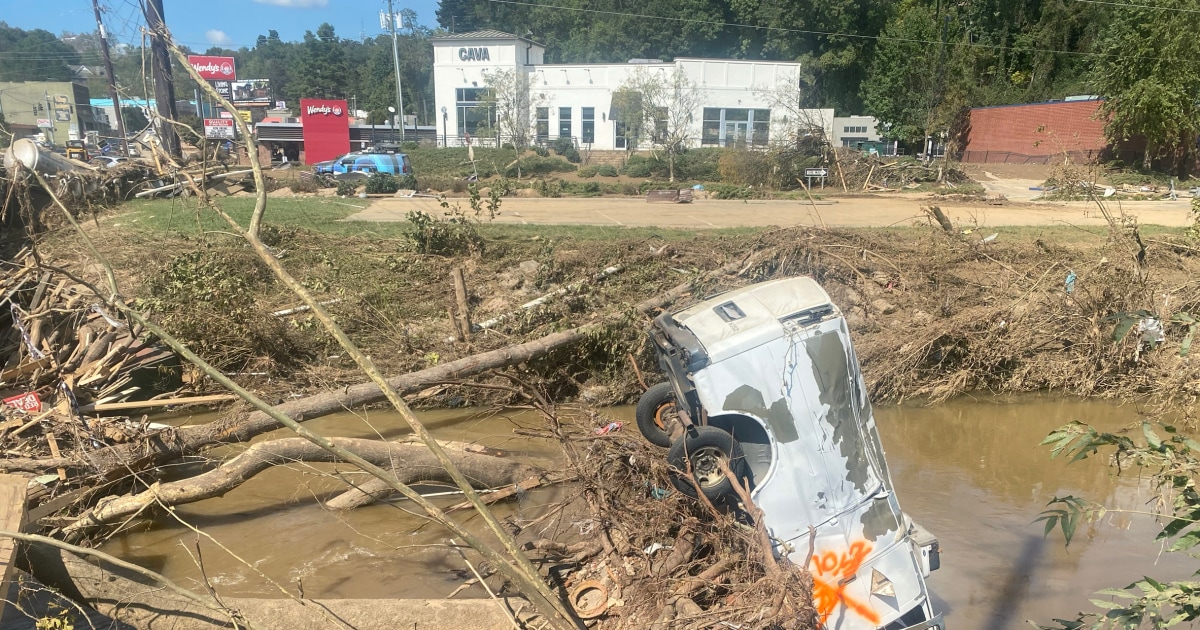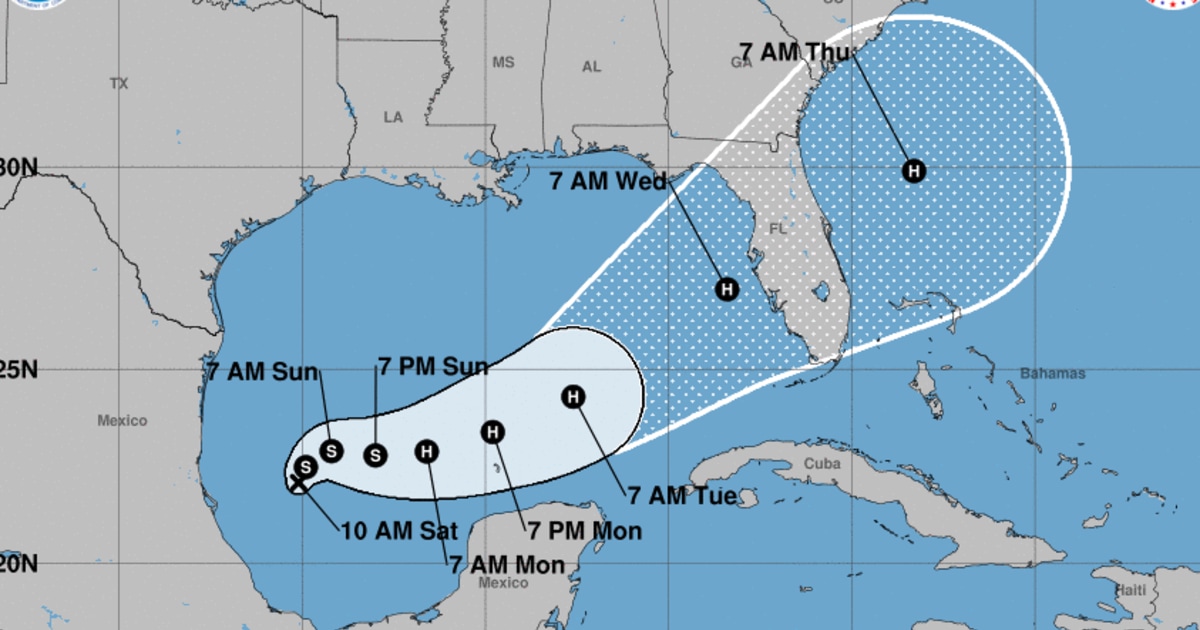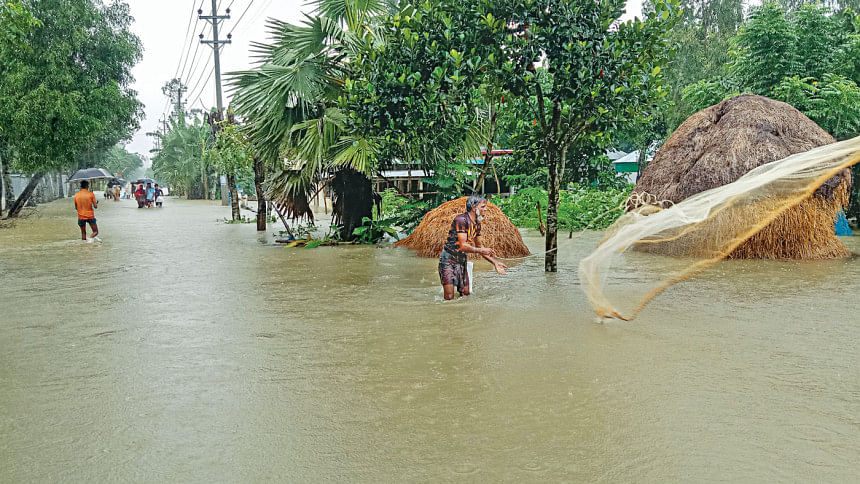
Good news for two imperiled species found only in Southern California: Wildlife groups and local water agencies have reached an agreement to protect the habitats of the San Bernardino kangaroo rat and Santa Ana sucker fish, two formerly widespread local species whose habitats were largely destroyed due to human development, construction, and flood management systems. The approach will be experimental, according to Dan Silver of the Endangered Habitats League, one of the parties in the lawsuit that led to this week’s agreement. It wouldn’t involve reverting the species’ habitat to a completely natural state – that would require the removal of the Seven Oaks Dam in Highland, which is used to mitigate floods for communities farther down the Santa Ana River like San Bernardino.
Rather, it would create a new management system to keep the species alive. You might think of flooding as something that destroys habitats instead of creating them. In many cases you’d be right – but contrary to what we see today, the natural rivers in California’s coastal sage and chaparral habitat used to flood and eventually change course over the course of centuries.

These are just two of the native species that adapted to live alongside Southern California’s periodic flooding. The Santa Ana sucker is able to rebuild populations quickly after massive floods, and San Bernardino kangaroo rats actually need regular flooding in order to survive. The rats, who get their name because of their two-legged stance and large haunches, eat mostly seeds and are dependent on new plant growth to survive.
Once plant growth becomes too mature – an indication that rivers are able to maintain their course, which is the goal of much of California’s flood management – it’s no longer a suitable habitat for the species. “There's three populations. They're isolated from each other,” Silver said.
“So the animal has a genetic challenge with the inbreeding that happens when you have isolated populations.” Flood risk management like dams and concretized channels have caused the species to become “fairly far down the road to extinction,” according to Silver. “It's going to take active human management to make sure that [extinction] doesn't happen,” Silver said.
“I wish we could just say, ‘Well, let's just set aside the land and let it alone. It'll be fine.’ But that's often not the case.
You do need active management to restore it and to manage it.” The Santa Ana sucker is doing a bit better as a species – so far, it’s only listed as threatened under the Endangered Species Act, while the San Bernardino kangaroo rat has been considered endangered since 1998 . Still, the fish’s habitat has also been dwindling due to human development, and conservation advocates and water agencies hope that the protections will also help the sucker fish downstream in other parts of the Santa Ana river.
“This amounts to a new lease on life for the San Bernardino kangaroo rat,” Silver said. As part of the agreement, which was reached on August 29, county officials will work with environmental groups to determine the specific plan of action, including where and how to reintroduce water into the remaining habitat to mimic natural conditions for the San Bernardino kangaroo rat. “Our agreement calls for 400 acres to be restored over time, but that's a floor, it's not a ceiling,” Silver said.
“If things go well, we can do more.” The current efforts to preserve the species’ habitat started in 2016, when the Center for Biological Diversity and the Endangered Habitats League filed a lawsuit against the U.S.
Army Corps of Engineers, who constructed the dam as part of an ambitious flood control project on the Santa Ana River. Silver stressed that all parties wanted to reach a settlement rather than litigating it in court. “These flood control districts and the water districts are becoming more environmentally conscious,” Silver said.
“We need these infrastructure agencies to step up to the environmental challenges and try to improve things, particularly when the infrastructure caused damage in the first place. It's part of a cultural shift that's ongoing, and we think that our settlement agreement can accelerate that.” Public agency officials echoed these sentiments following the settlement.
“This agreement recognizes that a piece of public infrastructure can be managed for multiple public benefits and provide the true win-win-win that our shared taxpayers expect from public agencies,” said Heather Dyer, CEO and general manager of the San Bernardino Valley water agency, in a statement. “By working together, I am confident that we can achieve tremendous benefits for generations to come.” The benefits aren’t just for the threatened animals – as long as the water supply permits, the agreement will also help recharge local aquifers at a rate of up to 500 cubic feet per second, according to San Bernardino Valley .
Native plants will also reap the benefits of a habitat that more closely matches the natural environment they evolved to live in. “This agreement shows that with cooperation, we can achieve wildlife protection, water conservation and flood safeguards for Southern California’s largest watershed,” John Buse, a senior counsel at the Center for Biological Diversity, said in a statement ..














